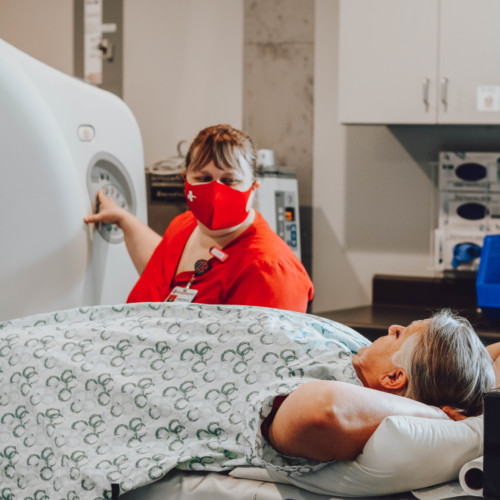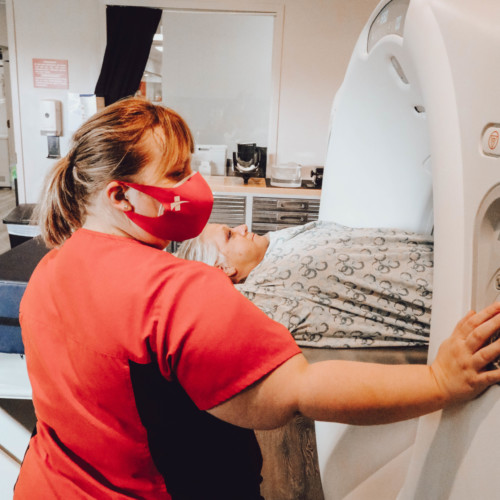What is a CT Scan?
EmergencyMD Advanced Urgent Care features an onsite Multislice HighSpeed CT-Scan. The term CT “computed tomography” is a computerized x-ray. Unlike traditional X-rays which produce a single two-dimensional image, CT-Scanners can produce 3dimensional images. CT scanners produce a narrow beam of x-ray and rotate around the patient to create the images. these images are represented as slices on-screen and are processed by the onboard computer into medical images. CT scans can give doctors more information than simple x-rays. CT Scans can be used to detect problems such as bleeding tumors and broken bones.


What is the Difference Between an X-Ray and a CT-Scan?
Unlike a conventional x-ray, CT scanners combine sophisticated software and computer technology with a rotating x-ray. Unlike a conventional x-ray—which uses a fixed x-ray tube—a CT scanner uses a motorized x-ray source that rotates around the circular opening of a donut-shaped structure called a gantry. Patients lie on a motorized table that moves through the gantry. As a patient moves through the gantry they receive measured doses of X-rays which are passed through the patient and recorded by the CT-SCAN. Those images are then processed by the computer, recorded, and displayed for the physician to interpret. The images are displayed as slices and can vary depending on the imaging needs. The thinner the slice, the better the CT-Scan at detecting small problems such as kidney stones and tumors. Most slices are between 1-10 millimeters thick. Image slices can be stacked together to produce 3-D images of the body.
Getting a CT Scan
CT-Scan exams can be performed with or without special dye called contrast. Contrast can be given to the patient in two forms. Oral contrast is one type of dye and is consumed by the patient. This is done before the CT-Scan is performed and often 1-2hrs ahead of the test. The contrast will fill the intestines and help doctors look for problems such a a hole or blockage in the intestines. Some CT-Tests require Intravenous (IV) contrast which is injected into the being through a small catheter in the arm. This catheter is inserted with minimal pain by the medical team. When combined with Oral Contrast, IV contrast can give Doctors more detail about your body. Not all studies require contrast such as those performed for kidney stones. Not all patients can take contrast as some patients may be allergic. Remember to notify your provider if you have an allergy or have had a reaction to contrast in the past.


